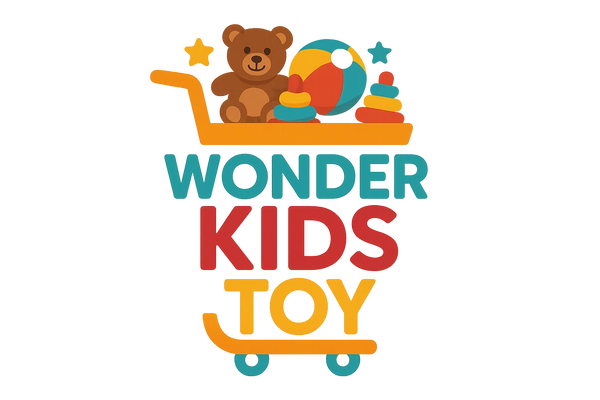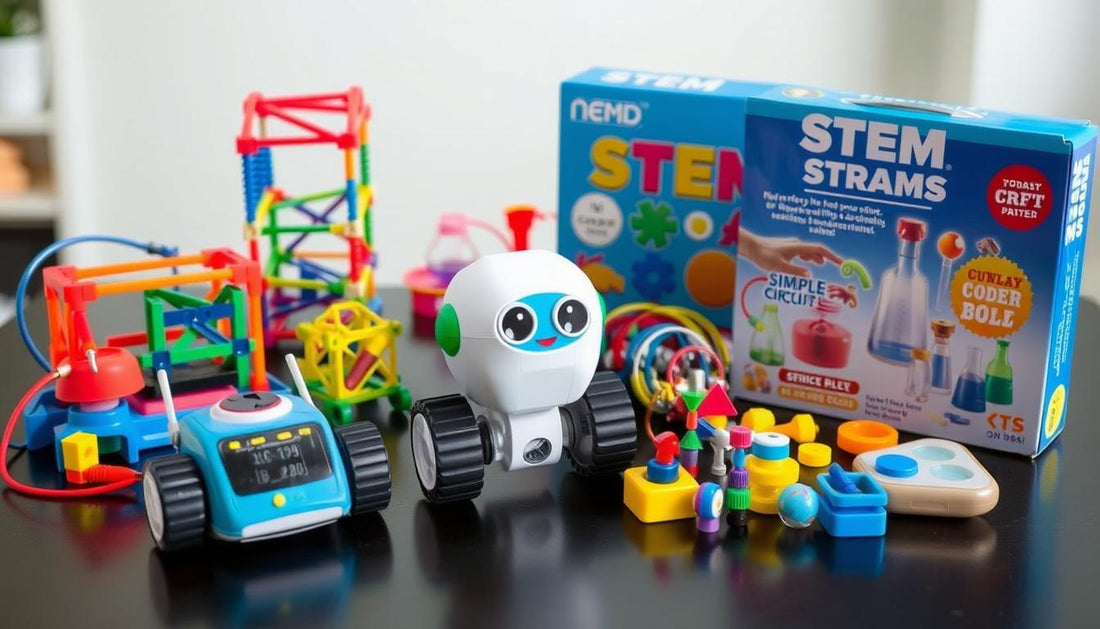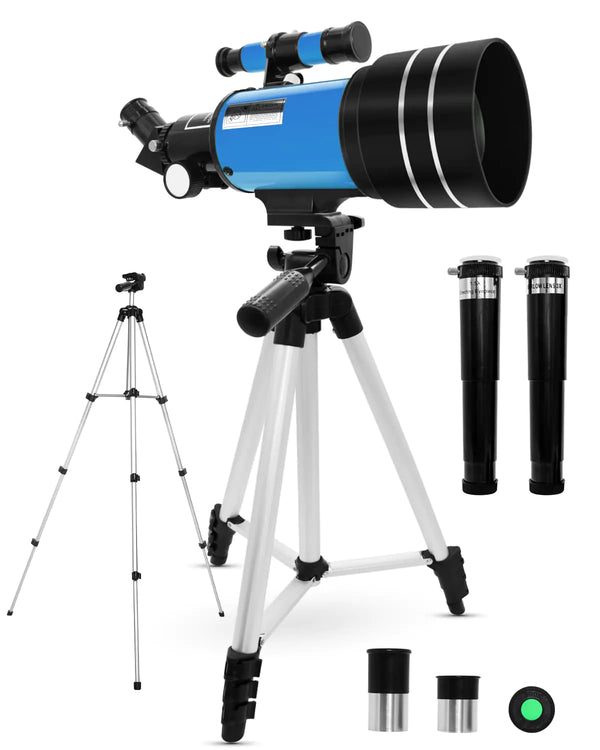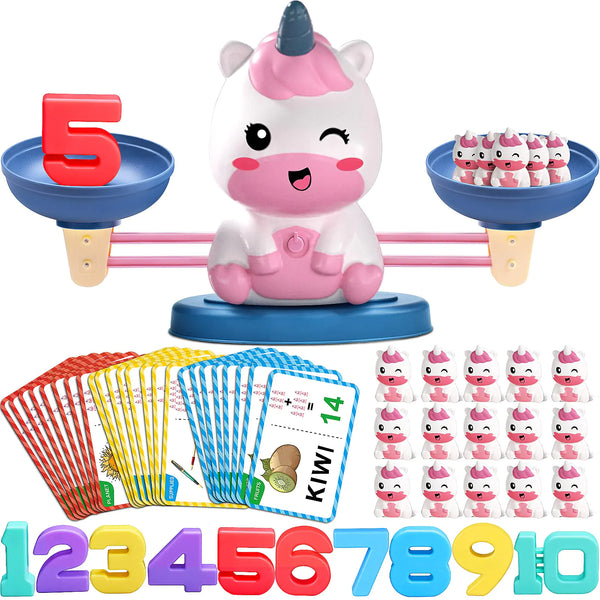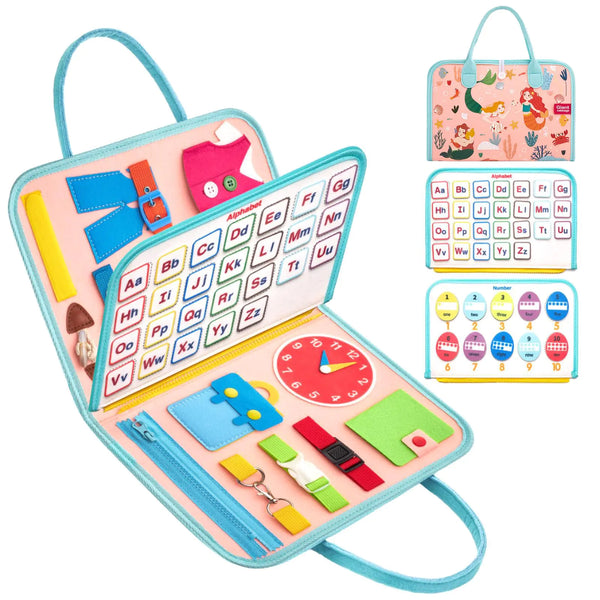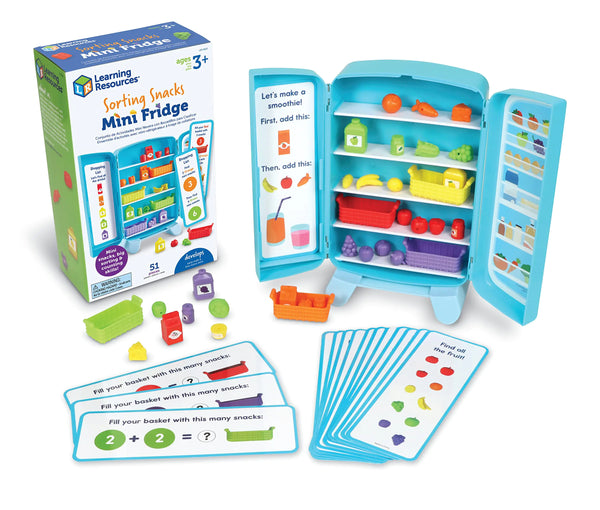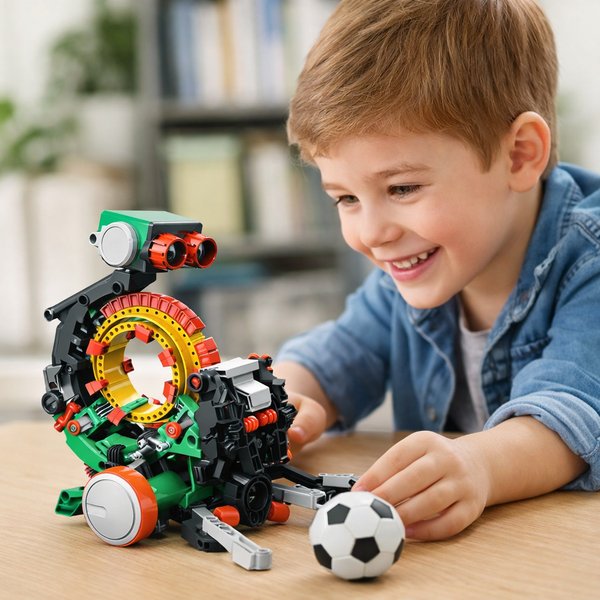As parents, we're constantly navigating an evolving toy landscape while worrying about our children's skill development. The shelves once dominated by simple dolls and action figures now feature coding robots, engineering kits, and science experiments. This shift isn't just a marketing trend—it represents a fundamental change in how we prepare children for their futures.
The truth is that while traditional toys certainly have their place, STEM toys offer distinct advantages in developing the skills children need for tomorrow's challenges. From critical thinking to creative problem-solving, these educational playthings are designed with future success in mind.
What Are STEM Toys?

STEM toys combine play with learning in science, technology, engineering, and mathematics
STEM toys are educational playthings specifically designed to develop skills in Science, Technology, Engineering, and Mathematics. Unlike traditional toys that might focus primarily on entertainment or imaginative play, STEM toys integrate learning objectives while maintaining the fun factor that keeps children engaged.
These innovative toys come in many forms, including:
- Coding robots that teach programming concepts through play
- Building sets that introduce engineering principles
- Science kits that allow hands-on experimentation
- Logic puzzles that develop mathematical thinking
- Electronic circuit kits that teach basic physics
Traditional toys, by comparison, typically include dolls, action figures, board games, and stuffed animals. While these classics certainly have value for imaginative play, they rarely incorporate the intentional learning elements found in quality stem toys.
Explore Our STEM Toy Collection
Discover educational toys that make learning fun while building crucial skills for your child's future.
Key Benefits of STEM Toys

The advantages of STEM toys extend far beyond simple entertainment. These educational tools develop crucial skills that align perfectly with the demands of future careers and challenges.
Critical Thinking and Problem-Solving
STEM toys excel at developing analytical thinking. When a child builds a structure or programs a robot, they're learning to:
- Identify problems and brainstorm solutions
- Test hypotheses and learn from failures
- Apply logical reasoning to overcome challenges
- Break complex problems into manageable steps
Creativity and Innovation
Contrary to what some might think, STEM toys actually enhance creativity. They provide frameworks within which children can experiment, invent, and express themselves in new ways. Building sets like magnetic tiles or circuit kits offer nearly endless possibilities for creation.
Future-Ready Skills
The skills developed through STEM play align directly with future career demands:
Technical Skills
- Basic coding and programming logic
- Understanding of mechanical principles
- Scientific method and experimentation
Soft Skills
- Persistence and resilience
- Collaboration and communication
- Adaptability to new challenges
Engagement and Motivation
Quality STEM toys create what educators call "productive struggle"—challenges that are difficult enough to be engaging but achievable enough to build confidence. This sweet spot of difficulty keeps children motivated and creates a positive relationship with learning.
Limitations of Traditional Toys

While traditional toys certainly have their place in childhood development, they often fall short in preparing children for future challenges. Understanding these limitations helps us make more informed choices about our children's playtime.
Passive vs. Active Learning
Many traditional toys encourage passive play—following predetermined scripts or using toys in limited, prescribed ways. A doll might always be used for the same type of role play, or an action figure might always follow the narrative established by the media.
STEM toys, by contrast, promote active learning where children must engage their minds to solve problems, build structures, or complete experiments. This active engagement creates deeper neural connections and more meaningful learning experiences.
Limited Skill Development
While traditional toys certainly develop essential social and emotional skills through imaginative play, they rarely intentionally target the specific cognitive skills that STEM toys do. A standard building block set might teach basic spatial awareness, but an engineering kit teaches that, along with physics principles, problem-solving, and systematic thinking.
The Nostalgia Factor
Many parents choose traditional toys based on nostalgia—we want to share the joy we experienced as children. While this emotional connection is valuable, it's worth considering whether these toys prepare children for a world that looks very different from the one we grew up in.
STEM Toys Strengths
- Develop technical and cognitive skills
- Prepare for future careers
- Encourage active problem-solving
- Build persistence through challenges
- Often grow with the child's abilities
Traditional Toys Limitations
- Often promote passive play
- Limited technical skill development
- May not adapt to growing abilities
- Less aligned with future career needs
- Fewer opportunities for cognitive growth
Real-World Success Stories

The impact of STEM toys goes beyond theoretical benefits—many parents have witnessed remarkable development in their children's abilities and interests after introducing these educational playthings.
"My daughter showed little interest in science until we got her a chemistry kit for her 8th birthday. Six months later, she's conducting her own experiments and recently won her school science fair. The transformation in her confidence has been amazing."
Seven-year-old Marcus struggled with focus and following directions until his parents introduced building sets and simple coding toys. His teacher reported significant improvements in his ability to follow multi-step instructions and persist through challenges within just a few months.
For 10-year-old Aiden, a robotics kit sparked an interest that led to joining a competitive robotics team. His parents note that beyond the technical skills, he's developed remarkable teamwork abilities and the confidence to present ideas to groups—skills that serve him well beyond the robotics arena.
Create Your Child's Success Story
Join countless parents who've seen remarkable development through quality STEM toys.
Finding Age-Appropriate STEM Toys

One of the advantages of modern STEM toys is the wide range of options available for every developmental stage. Finding the right match for your child's age and abilities maximizes both learning and enjoyment.
Ages 2-4: Foundation Building
For toddlers and preschoolers, focus on toys that develop basic cause-and-effect understanding, pattern recognition, and motor skills:
- Simple building blocks with different shapes and colors
- Basic sorting and matching games
- Introductory puzzles with large pieces
- Water play toys that demonstrate simple physics
Ages 5-7: Exploration and Discovery
Early elementary children benefit from toys that encourage experimentation and introduce basic STEM concepts:
- Beginner construction sets with moving parts
- Simple science experiment kits
- Basic coding toys with visual interfaces
- Magnetic building sets for 3D construction
Ages 8-12: Skill Development
Middle childhood is perfect for more complex challenges that develop specific skills:
- Robotics kits with programming components
- Advanced building sets that teach engineering principles
- Electronics kits with fundamental circuit components
- More sophisticated science experiments
Teens: Specialization and Mastery
Older children can handle professional-grade tools that align with specific interests:
- Advanced coding and robotics platforms
- Specialized science kits (chemistry, physics, biology)
- Engineering sets with real-world applications
- Technology creation tools like microcontrollers
Remember that these age ranges are guidelines—follow your child's interests and abilities rather than strictly adhering to age recommendations.
Balancing STEM and Traditional Play
While stem toys offer tremendous benefits, a balanced approach to play provides the most comprehensive development. Consider these strategies for creating a well-rounded toy collection:
Integration Rather Than Replacement
Rather than viewing STEM and traditional toys as competing categories, look for ways they complement each other. A child might use building blocks to create doll houses, combining engineering skills with imaginative play.
Follow Your Child's Interests
Pay attention to what naturally engages your child. Some children gravitate toward building and problem-solving, while others prefer storytelling and role play. Honor these preferences while gently introducing new types of the game.
Quality Over Quantity
A few high-quality, versatile toys often provide more value than many single-purpose items. Look for stem toys that can be used in multiple ways and grow with your child's abilities.
Pro Tip: Set aside "tech-free" play periods where children use physical toys rather than screens, even when using educational apps. Hands-on manipulation develops different neural pathways than digital interaction.
Conclusion: Investing in Your Child's Future
The toys we choose for our children do more than entertain—they shape developing minds and influence future interests. While traditional toys will always have a place in childhood, STEM toys offer unique advantages in developing the skills most relevant to future success.
By introducing high-quality STEM-focused playthings, we give children the opportunity to develop critical thinking, problem-solving, creativity, and technical skills in an engaging context. These toys create a foundation for lifelong learning and adaptability in a rapidly changing world.
Most importantly, quality STEM toys make this learning fun and accessible. Children don't realize they're developing crucial skills—they're simply enjoying the satisfaction of building, creating, and solving puzzles that capture their imagination.
Future-Proof Your Child's Playtime
Explore our curated collection of engaging STEM toys that develop crucial skills while delivering hours of fun.

